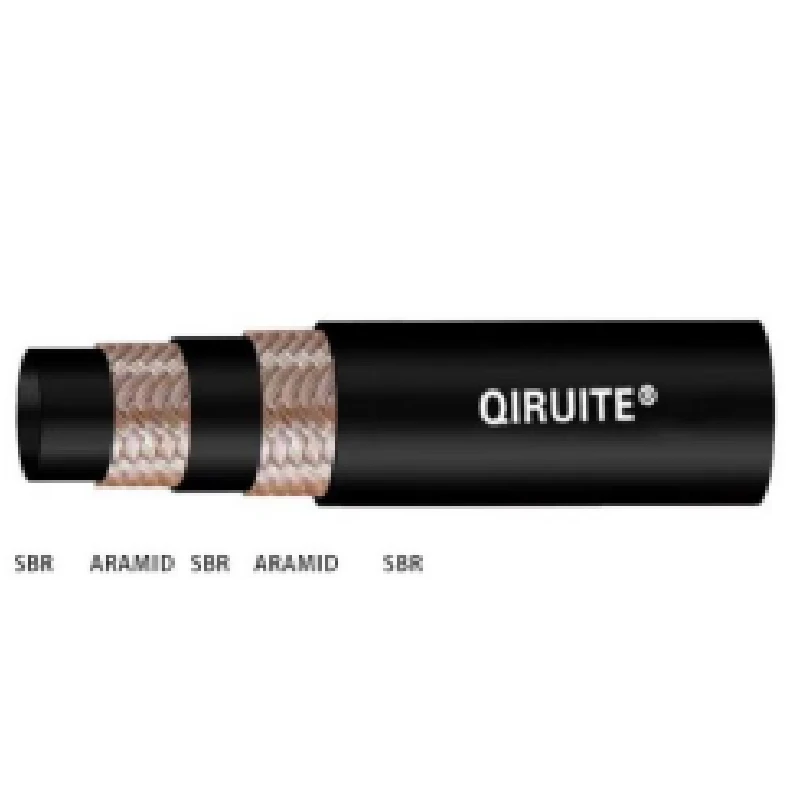R134a Refrigerant Recharge Hose for Efficient HVAC Maintenance and Repair Solutions
Understanding R134a Refrigerant Recharge Hose A Comprehensive Guide
R134a refrigerant is widely utilized in automotive and HVAC systems due to its efficiency and lower environmental impact compared to its predecessors. For technicians and DIY enthusiasts alike, knowledge about R134a refrigerant recharge hoses is essential for maintaining and recharging cooling systems effectively. This article delves into the purpose, components, and proper usage of R134a refrigerant recharge hoses.
Purpose of R134a Refrigerant Recharge Hoses
The primary function of a refrigerant recharge hose is to facilitate the transfer of refrigerant from a storage container into the air conditioning or refrigeration system. These hoses are built to withstand high pressures generated during the charging process, ensuring safety and efficiency. The R134a refrigerant, which is a hydrofluorocarbon (HFC), is less harmful to the ozone layer compared to older chlorofluorocarbon (CFC) refrigerants. As such, it requires appropriate equipment, including recharge hoses designed specifically for its use.
Components of R134a Recharge Hoses
A standard R134a refrigerant recharge hose consists of several essential components
1. Hose Body The hose itself is typically made of flexible rubber or thermoplastic material, specifically designed to handle refrigerant and withstand the necessary pressures involved in the charging process.
2. Fittings At each end of the hose, there are fittings that allow for easy connection to both the refrigerant container and the service port on the vehicle or system being serviced. R134a recharge hoses usually come with color-coded fittings—usually blue for the low-pressure side and red for the high-pressure side—to prevent cross-connection and potential mishaps.
3. Pressure Gauge Many R134a recharge hoses come equipped with a built-in pressure gauge, which provides real-time pressure readings. This feature is crucial for monitoring the system's pressure during the charging process and ensuring that it remains within safe operational limits.
4. Shut-off Valve A shut-off valve is often located on the refrigerant container side of the hose, allowing technicians to control the flow of refrigerant. This feature also helps to prevent accidental leaks during the connection and disconnection process.
r134a refrigerant recharge hose

Proper Usage of R134a Refrigerant Recharge Hoses
Using an R134a refrigerant recharge hose properly is essential for effective system maintenance and to prevent damage. Here are some steps to follow
1. Preparation Before starting, ensure that you have the correct tools and safety equipment. Wear gloves and safety goggles, and work in a well-ventilated area. Check the condition of the hose for any wear or damage.
2. Connect the Hose Start by connecting the low-pressure side fitting of the hose to the service port on the vehicle or system. Ensure a tight fit to prevent leaks. Next, connect the high-pressure side, if applicable.
3. Check System Pressure Refer to the manufacturer's specifications to determine the appropriate pressure for the system. Use the gauge on the recharge hose to check the current pressure level.
4. Recharge the System Open the shut-off valve on the refrigerant tank to allow refrigerant to flow into the system. Monitor the pressure gauge closely. If the pressure exceeds the recommended level, stop the flow immediately.
5. Disconnect and Cleanup Once the desired level of refrigerant is achieved, close the shut-off valve, and carefully disconnect the hose from the service port. Clean up any spills and ensure that all equipment is stored properly.
Conclusion
Understanding how to use R134a refrigerant recharge hoses efficiently can make a significant difference in the longevity and performance of HVAC and automotive systems. By familiarizing yourself with the components, proper usage, and safety protocols associated with these hoses, you can navigate the refrigerant recharge process with confidence. Whether you are a professional technician or a car enthusiast, having this knowledge will contribute to better service and maintenance outcomes.
-
Ultimate Spiral Protection for Hoses & CablesNewsJun.26,2025
-
The Ultimate Quick-Connect Solutions for Every NeedNewsJun.26,2025
-
SAE J1401 Brake Hose: Reliable Choice for Safe BrakingNewsJun.26,2025
-
Reliable J2064 A/C Hoses for Real-World Cooling NeedsNewsJun.26,2025
-
Heavy-Duty Sewer Jetting Hoses Built to LastNewsJun.26,2025
-
Fix Power Steering Tube Leaks Fast – Durable & Affordable SolutionNewsJun.26,2025

